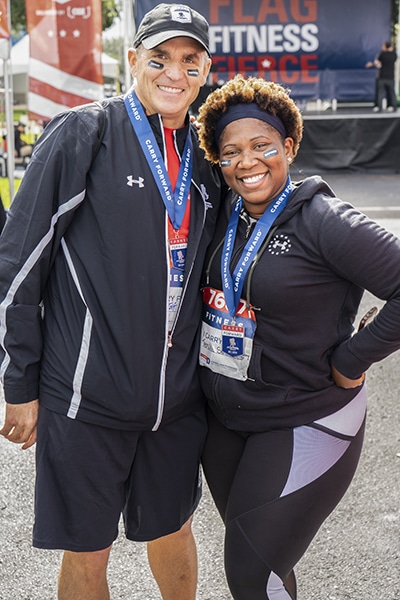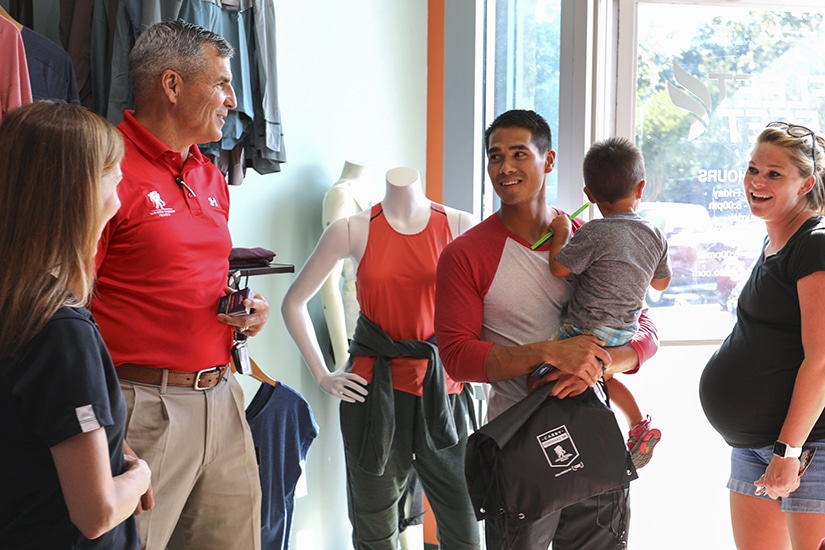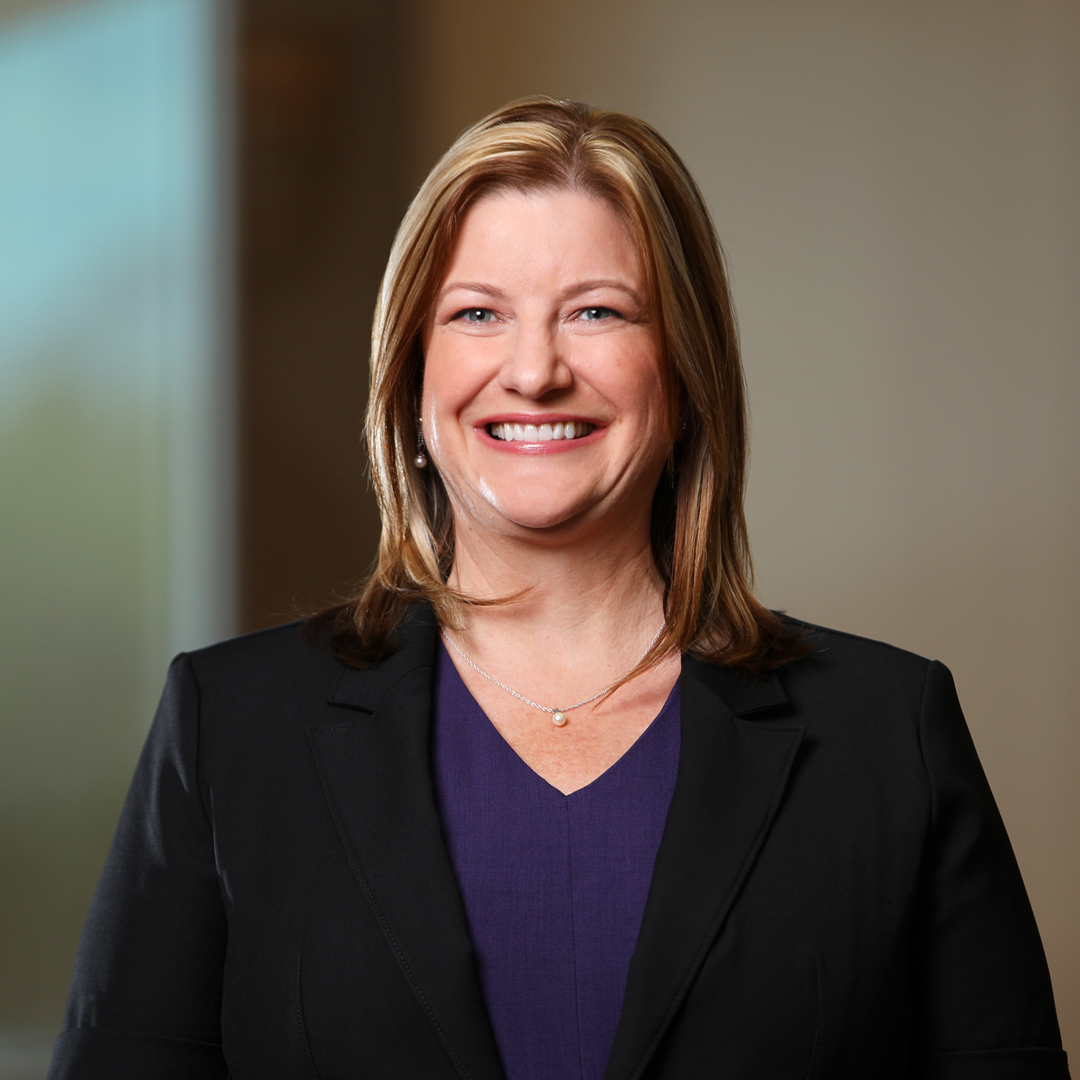|
Getting your Trinity Audio player ready... |

When you join the military, there are no guarantees. You’re not guaranteed an assignment, you’re not guaranteed to deploy, and you’re certainly not guaranteed to come home in one piece—or even to come home at all. “But I think it’s up to our country to guarantee, as much as possible, that if you do come home, you will be afforded every opportunity to be as successful as a civilian as you were in the military,” says Michael Linnington, CEO of Wounded Warrior Project (WWP). “And that’s exactly what we’re doing at Wounded Warrior Project.”
A West Point graduate, Linnington served in the US Army for thirty-five years before retiring in 2015. Over the course of his career, Linnington was assigned to multiple units in locations throughout the United States, and overseas in Germany, the Republic of Korea, Iraq, and Afghanistan. He served in a variety of command and staff positions, taught at West Point, and was the commander of the Joint Force Headquarters National Capital Region in Washington, DC. He finished his military career in the Pentagon as the military deputy to the undersecretary of defense for personnel and readiness.

So when WWP reached out to him in 2016 about the CEO position, Linnington felt it was a natural way for him to continue to serve and lead. “I had already seen the great work Wounded Warrior Project was doing when I was in uniform,” he explains, “and I knew that if there was a way that I could contribute to an organization that meets the needs of wounded, ill, and injured service members who deployed with me, I needed to take advantage of that opportunity.
“And here I am,” Linnington says. “I’ve been here for three years now, and I’ve not only come to learn about and respect the great work the organization does but, more importantly, I’ve observed firsthand the amazing resilience of our nation’s wounded, ill, and injured servicemen and women, and the support of their amazing families.”
A national nonprofit organization, WWP provides a wide range of free services to post-9/11 wounded veterans and their family members facing challenges related to physical health and wellness, financial wellness, and more.
But according to Linnington, WWP’s “biggest area of investment and biggest area of need” is mental health.
“For many warriors, there’s still a stigma surrounding mental health,” says the CEO. “If anybody were to break a leg today, they’d be at the hospital immediately. But some veterans who experience really traumatic incidents—brain injuries or PTSD—don’t seek the care they need to address those wounds.”
WWP is collaborating with the Department of Defense and the Department of Veterans Affairs to normalize the idea of seeking mental health treatment, Linnington says. But stigmas aren’t the only thing complicating veterans’ ability to seek that treatment. Because of the overwhelming number of veterans experiencing mental health issues and the complexity of those issues, no single organization can provide all the services, treatments, and healthcare veterans need.
“It’s not about how many we’re serving. It’s about how well we are serving.”
“Our programs fill in the gaps,” Linnington says. “Wounded Warrior Project recognizes that each warrior has individual needs—there is no one-size-fits-all in mental health.”
Warrior Care Network, for example, is a unique mental health program established in partnership with Massachusetts General Hospital, Rush University Medical Center, Emory Healthcare, and UCLA Health. As Linnington explains, Warrior Care Network delivers specialized services through intensive outpatient programs that provide up to a year’s worth of therapy in two to three weeks. The programs integrate evidence-based psychological treatments with individual and group therapy, wellness, nutrition, mindfulness, and family support.
“It’s an amazing program,” Linnington enthuses. “Ninety-six percent of the warriors report that they gained significantly from the program, and 95 percent refer other warriors to the program.”
WWP’s other mental health programs include a phone support line called WWP Talk and a program called Project Odyssey.

A twelve-week program, the Project Odyssey experience begins with a multiday, adventure-based mental health workshop, Linnington says. “It’s whitewater rafting, it’s high ropes, it’s hiking—it’s a lot of personal growth and stepping out of their comfort zone,” he says. “And at night, after the warriors complete the physical piece of the program, they get a very strong dose of psychoeducational activities and evidence-based exercises that help them cope with what they’re facing.”
Following the workshop, warriors work with WWP on establishing goals and making positive progress through a series of follow-up phone and video calls. As a result of the program, warriors enhance their resiliency and increase their psychological well-being.
But Project Odyssey is not alone in prioritizing evidence-based treatments, Linnington emphasizes. In fact, he says, all of WWP’s programs are “evidence based and outcome driven.”
“That’s very different from being output driven,” the CEO points out. “It’s not about how many we’re serving. It’s about how well we are serving.”
In the spirit of serving warriors well, Linnington says, WWP follows each veteran on their journey to “recovery and continued improvement,” even after ensuring that they receive the best treatment possible.
But in Linnington’s mind, WWP is capable of topping these incredible programs. “I really think the future is wide open for us,” he says. “I think it will be a future of innovation and collaboration as we partner with more organizations to help warriors heal in mind, body, and soul.”

